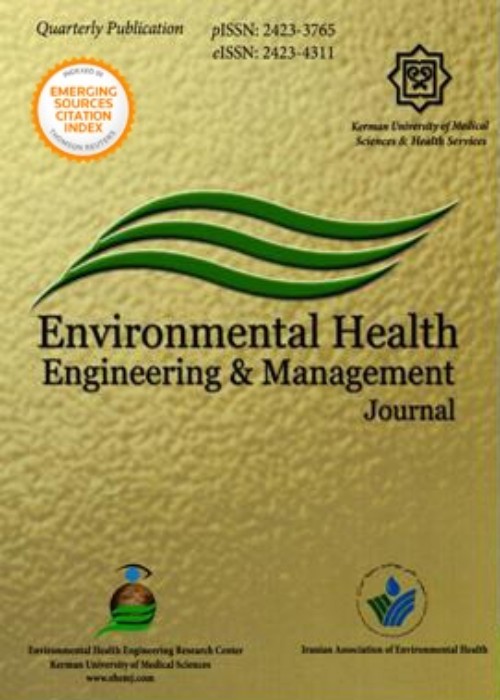Photocatalytic removal of xylene as a pollutant in the air using ZnO-activated carbon, TiO2-activated carbon, and TiO2/ZnOactivated carbon nanocomposites
Today, advances in different areas of science and technology along with their application in industries have led to an increase in dangerous pollutants which can resist biodegradation. Volatile organic compounds (VOCs) are regarded as important factors of air pollution in closed environments. Xylene is one of these compounds which is produced in mass quantities and widely used in industries, therefore, the removal of this compound is necessary. One of the available technologies for removing this compound is photocatalytic degradation. The present study aimed to determine the efficiency of photocatalytic removal of xylene as a pollutant in air using TiO2-ZnO nanoparticles and TiO2-ZnO composite coated on activated carbon under ultraviolet radiation.
In this experimental study, after coating of the nanoparticles on activated carbon, the produced catalysts with a specific surface area were characterized using Brunauer-Emmett-Teller (BET) surface area and porosity analysis, scanning electron microscope (SEM), and the type and percentage of the main elements present in the bed were determined using energy dispersive x-ray spectroscopy (EDS). The tests were carried out at laboratory scale and ambient temperature. In order to produce polluted air containing 100 ppm xylene vapor at a specific flow rate and concentration, a dynamic concentrator system was used. The removal of xylene was investigated under continuous flow mode.
The results of the specific surface area using BET analysis and SEM images showed that nanoparticles were well coated on activated carbon. According to the results of the photocatalytic removal, the efficiencies of photocatalytic removal of xylene by AC/ZnO 5%, AC/TiO2 15%, and AC/3TiO2/1ZnO were 80.1, 89, and 95.1%, respectively.
According to the results, the use of ZnO-TiO2 nanocomposite on activated carbon can be an appropriate method for the photocatalytic removal of xylene from polluted air.
- حق عضویت دریافتی صرف حمایت از نشریات عضو و نگهداری، تکمیل و توسعه مگیران میشود.
- پرداخت حق اشتراک و دانلود مقالات اجازه بازنشر آن در سایر رسانههای چاپی و دیجیتال را به کاربر نمیدهد.



